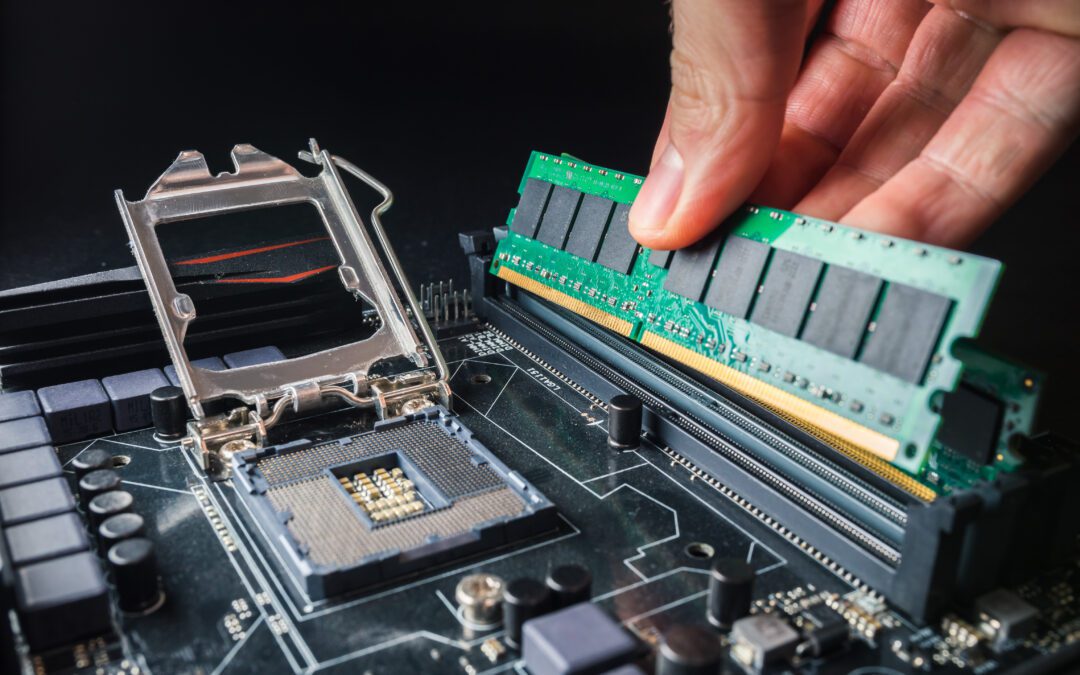In the realm of software development, memory management is a critical aspect that can significantly impact an application’s performance and stability. Two common memory-related issues that developers often encounter are memory bloat and memory leaks. Understanding the differences between these two problems is crucial for creating efficient, reliable, and robust software. In this blog, we will explore the concepts of memory bloat and memory leaks, discuss their implications, and explore strategies to mitigate their effects.
Memory Bloat: When Efficiency Meets Excess
Memory bloat refers to a situation where a program consumes more memory than is necessary to execute its intended tasks. It typically occurs due to poor memory optimization, excessive data caching, or the accumulation of redundant objects. As a result, the program’s memory usage increases, leading to performance degradation and potential slowdowns. Memory bloat is usually a gradual and incremental process, and its effects may become noticeable over time.
Causes of Memory Bloat
Redundant data structures: Instances where the application stores duplicate data or keeps multiple copies of the same information in memory.
Over-enthusiastic caching: When the application caches too much data or doesn’t clear the cache as needed, leading to unnecessary memory consumption.
Poor algorithmic choices: Inefficient algorithms can result in the creation and retention of additional data structures that contribute to memory bloat.
Impact of Memory Bloat
Reduced performance: Increased memory consumption can lead to slower response times and lags, affecting the overall user experience.
Resource contention: Memory-hungry applications can strain system resources and negatively impact other running processes, leading to system-wide performance issues.
Potential crashes: In extreme cases, excessive memory usage can cause the application or the system to crash due to memory exhaustion.
Memory Leaks: The Haunting of Lingering Objects
A memory leak is a more insidious problem that occurs when a program fails to release memory that is no longer in use, leading to a gradual accumulation of unreleased memory over time. Unlike memory bloat, memory leaks are not easily noticeable at first and may take some time to manifest as a noticeable issue. Memory leaks can be particularly challenging to identify and fix, making them one of the dreaded problems for developers.
Causes of Memory Leaks
Improper deallocation: When developers forget to release dynamically allocated memory or fail to deallocate resources correctly, it leads to memory leaks.
Lost references: Objects that are no longer accessible by the application but still have active references, preventing them from being garbage collected.
Impact of Memory Leaks
Gradual degradation: Memory leaks cause the application’s memory usage to increase over time, eventually leading to performance degradation.
Unresponsive behavior: As memory leaks continue to accumulate, the application might become sluggish or unresponsive, frustrating users.
System instability: Prolonged memory leaks can exhaust available memory, causing the application or even the entire system to crash unexpectedly.
Mitigating Memory Bloat and Memory Leaks
Preventing memory-related issues requires a proactive approach to memory management during the development process. Here are some strategies to mitigate memory bloat and memory leaks:
Adopt best practices: Emphasize the use of efficient algorithms, data structures, and caching mechanisms to reduce memory usage.
Regular code review: Encourage developers to review each other’s code, ensuring proper memory allocation and deallocation techniques are followed.
Automated testing and profiling: Employ automated tools to detect memory bloat and leaks, such as memory profilers and garbage collectors.
Use smart pointers and garbage collection: Utilize smart pointers or garbage collection mechanisms (depending on the programming language) to automatically manage memory deallocation.
Stress testing: Conduct stress testing to evaluate how the application performs under various memory consumption scenarios.
Conclusion
Memory bloat and memory leaks are two distinct memory-related issues that can plague software applications. While memory bloat involves excessive memory consumption, memory leaks arise from unreleased memory. Understanding the root causes and implications of these problems empowers developers to take a proactive stance toward memory management. By adopting best practices, conducting regular code reviews, and utilizing automated testing tools, developers can create efficient and reliable applications, free from the ghosts of memory-related issues.
Contact us today for your custom software development needs!






